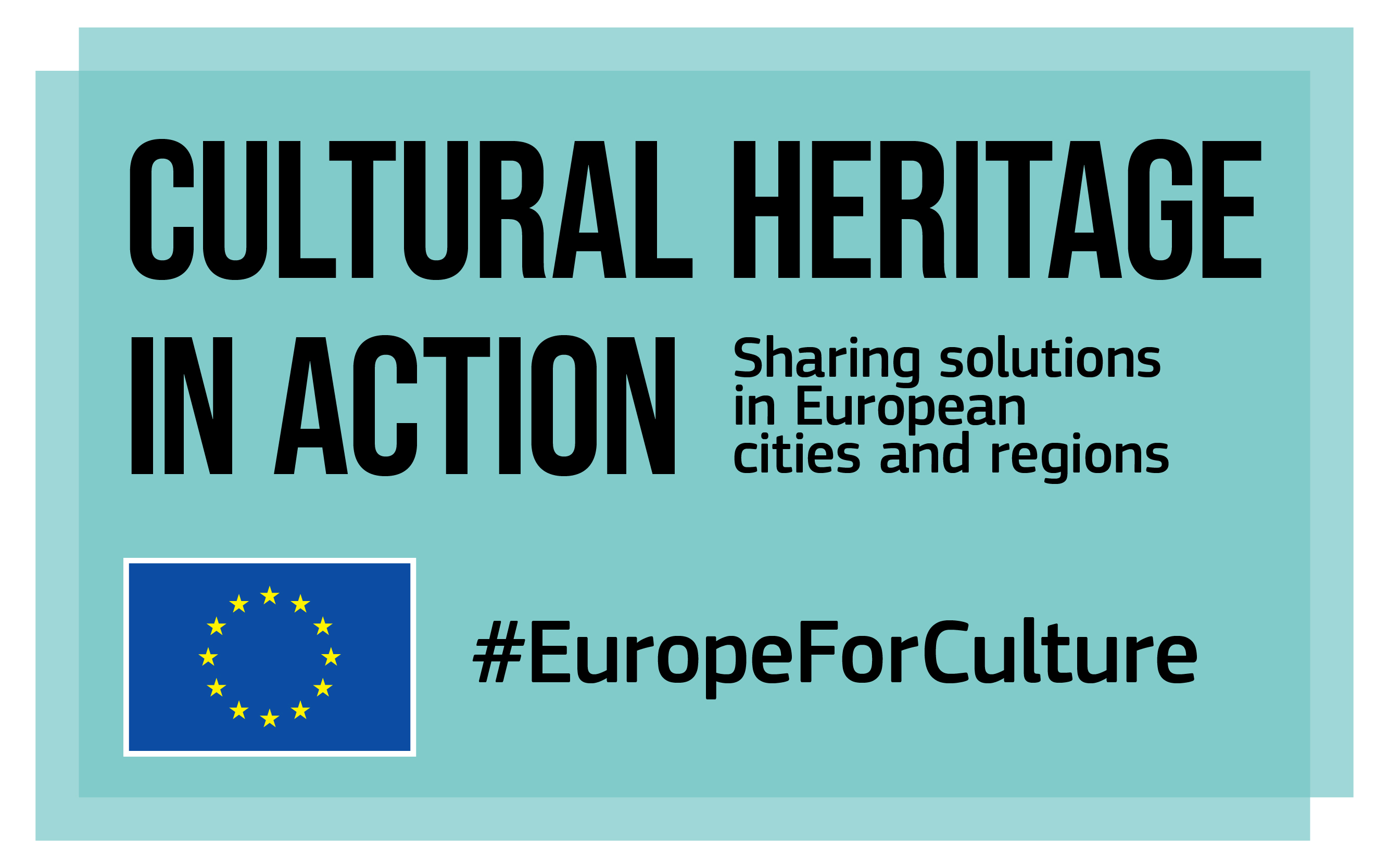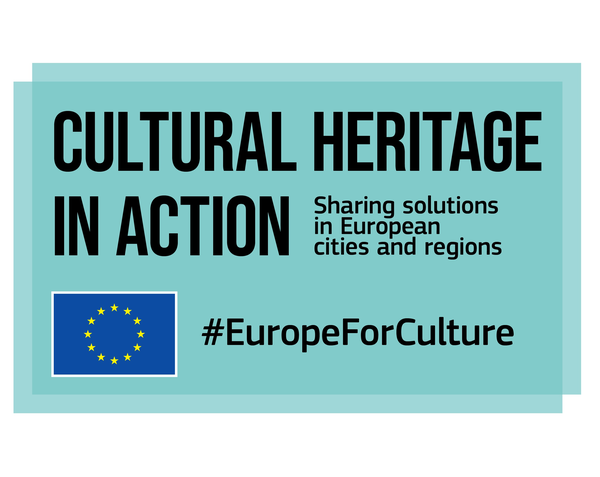Status
ongoing
50%
City
Hermoupolis
Main actors
Local Government, Regional Government, NGO / Philanthropy, Community / Citizen Group, Research Institutes / Universities
Project area
Whole City/Administrative Region
Duration
Ongoing since 2010
Places, people and digital storytelling
The 100 buildings = 100 stories initiative allows residents to narrate, share and re-create the stories of the city and its buildings. Through digital storytelling, the initiative bridges the tangible and intangible heritage of the city and sparks community engagement.
This case study was contributed from the European-Funded ‘Cultural Heritage in Action’ project.
https://eurocities.eu/projects/#906

External links / documents
On Map
The Map will be displayed after accepting cookie policy



